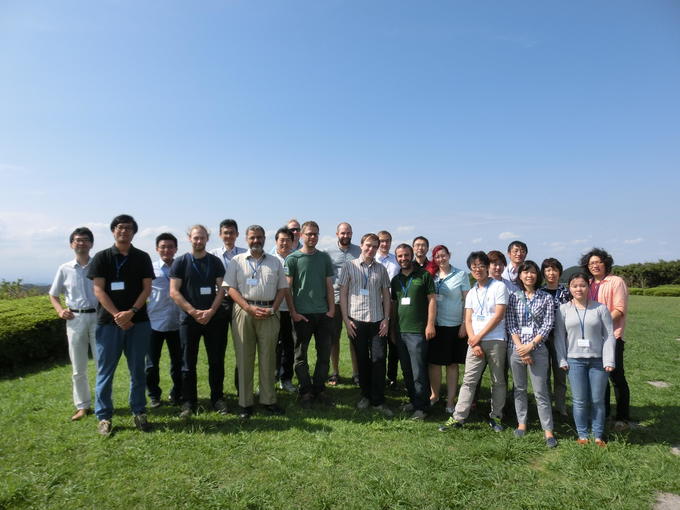NO.066 Challenges for real-time human activity recognition
September 14 - 17, 2015 (Check-in: September 13, 2015 )
Organizers
- Prof. Dr. Sozo Inoue
- Kyushu Institute of Technology, Japan
- Dr. Stephan Sigg
- Aalto University, Finland

Overview
Description of the meeting
Over the last decade, driven by strong developments in related areas, we have seen remarkable progress in the recognition of human activities or situations.
Sensing hardware greatly improved (e.g. size, accuracy and also new sensing modalities and sense-able quantities), enabling an enhanced perception of the world through sensors. Also, machine learning has celebrated tremendous successes (algorithms, toolboxes) and has become a mainstream ability that attracts a huge user base towards activity recognition. Furthermore, rapid development in wireless protocols and near-global coverage of wireless technologies (e.g. UMTS, LTE, Bluetooth, Wlan) enabled the transmission at higher data rates and new usage areas through wireless communication.
Finally, novel applications have spread which promote publishing and sharing of all kinds of data (e.g. Facebook, Line, WhatsApp).
This leads to novel valuable inputs for machine learning and activity recognition.
With these opportunities, new challenges and application areas for activity recognition evolve.
Fueled by the advancing Internet of Things and by opportunistic as well as participatory sensing campaigns, activity recognition is going Big Data.
New devices like fitness accessory, smart watches or instrumented glasses promise continuous collection of data for monitored subjects.
Sensing systems are developing capabilities to monitor virtually everybody, everywhere and even device-free so that the necessity to equip individuals with sensing hardware or specifically installing system components at any particular physical location diminishes.
In addition, the perception of sensing devices is extended toward sentiment states.
Sentiment sensing focuses on people’s mental state, intention or emotion, for instance, by interpreting eye-gaze information, body gesture or pose.
The perception of sensing systems is thereby extended and directed inwards.
Such research questions extend into life sciences where aspects like, for instance, the perception of emotion via gesture and pose continues is considered for a number of years now.
At the same time, the management of privacy, security and trust in such sensing systems, although seminal for widespread acceptance, remains an open issue.
Furthermore, the tremendous amount of information which is continuously acquired by these sensing systems requires new methods and algorithms to deal with such Big Data.
Currently ongoing projects allow a glimpse on the challenges related to the handling of such massive amounts of data, but the information available when subjects are continuously monitored by multiple devices at a time will exceed this greatly.
This challenge of large scale database construction is also focused by the Human Activity Sensing Consortium (HASC6), where data collection, feature and algorithm development, as well as algorithm and tool standardization for human activity sensing are focused.
The purpose of this Shonan meeting is to bring together researchers from the fields of activity recognition, mobile sensing, mobile security, pervasive computing, information processing and sentiment recognition and management to discuss the technical challenges, possible societal impact, as well as promising industrial applications for emerging applications in activity recognition.
The seminar puts a focus on Big Data in activity recognition, sentiment sensing and privacy and trust in continuous sensing platforms.
The tackled problems like Big Data, Sentiment Sensing and privacy and trust in activity recognition constitute timely research questions in real-time activity recognition.
By gathering experts from these respective fields, we envision to identify most pressing open research questions and to come up with novel, interdisciplinary approaches.
We hope that through discussions of the individual researchers, this Shonan meeting can help to spur the interdisciplinary discussion and foster joint activities.
1 e.g. http://www.fitbit.com/uk
2 e.g. http://www.samsung.com/us/mobile/wearable-tech
3 e.g. https://www.jins-jp.com/jinsmeme/en/
4 http://carat.cs.berkeley.edu/
5 http://deviceanalyzer.cl.cam.ac.uk/
6 http://hasc.jp/hc2014/index-en.html 2
